Text by Alifiyah Imani
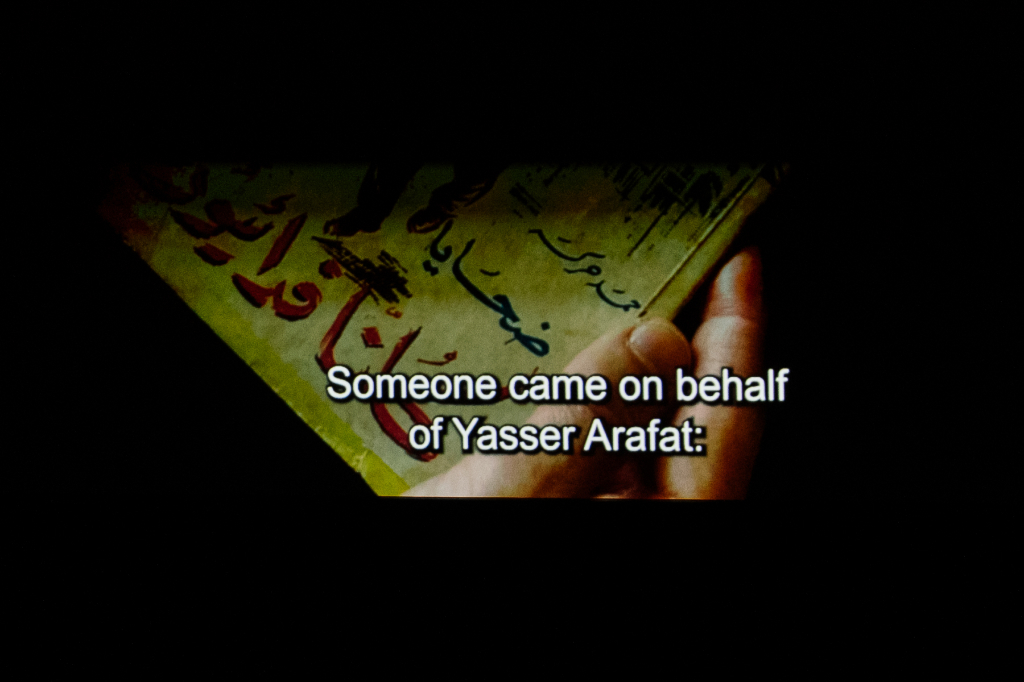
The onset of spring is already stirring the young Berlin crowd, and the energy surrounding the weekend showcase of Forecast’s seventh edition on March 17–18 is palpable. The festival takes place at the former industrial site Radialsystem, which has been transformed into an artistic hub for events, partnerships, and hosting a series of concepts related to cultural regeneration, applied contemporary artistic practices against the backdrop of industrial heritage, community and audience engagement, as well as transnational mobility of cultural actors, artists, and works of art. From the main entrance, the way leading to the festival area and much of the two-day program is split between the Halle and Saal, located on the ground floor and immediately accessible from the main door.
Forecast, the program that offers artists and creative thinkers the chance to work with accomplished mentors toward bringing their projects to fruition, sets itself apart by inviting prominent architects, designers, curators, and artists to participate in a mentorship program for individuals from all backgrounds. The programming consists of several performances by mentors and mentees, film screenings, workshops, casual conversations with artists, and installations that can be viewed throughout the day. Many attendees have come out in support of the six mentees. They are acutely aware of the festival format, which at its heart is about the mentorship program for which the festival has become renowned, not just in Berlin but in places around the globe.
Take the language and form that you really want and can use well, disregarding the conventions and prescribed formats that you have seen others use. Says Founder and Creative Director Freo Majer. For the current edition, Forecast 7, the following mentors participated: investigative journalist Alia Ibrahim, artist Ana Prvački, comedian Daliso Chaponda, choreographer Florentina Holzinger, artist and filmmaker Laura Huertas Millán, and vocalist Rully Shabara.
The Art of Deception
The opening acts feature a mentor-mentee pairing between Austrian choreographer and performance artist Florentina Holzinger and UK-based artist and performance magician Tom Cassani. In a mechanical jumpsuit, Cassani performs what is more popularly referred to as “coin magic”, taking the audience through deceptively straightforward routines that become increasingly complex.
This is my left hand. This is my right hand. This is my left pocket. This is my right pocket. This is you, and this is me, and this is a coin, and this is a trick. Cassani says, peering into the audience. His work evokes an appreciation for a realist interpretation of magic, and his repetitive movements suggest its proximity to illusion and fiction. Repetition and deconstructed sleight of hand are two things I’m looking at, says Cassani. A routine may incorporate coin effects such as a disappearance, a false transfer, or a transposition effect. The same coin, a different coin, or an invisible coin can repeatedly swap places in his hands, where Cassani, who describes each cue, puts the observer to the test. An alteration to the effect is immediately repeated. He intentionally predicates some of the cues as a “magician” would draw attention to the trick’s deception.
The skill of Cassani’s work focuses on imperceptible body movements and the deft manipulation of space and time that place the viewer in a realistic situation of choosing or not. In his exploration of Expanded Magic, he focuses on time-based magic, which are actions that, “when observed repeatedly or over time, either become impossible or magical, even though they are not inherently magical when observed in isolation.” In doing so, he illustrates how seemingly innocent movements conceal crucial acts from onlookers, highlighting how our expectations influence our perception of magic.
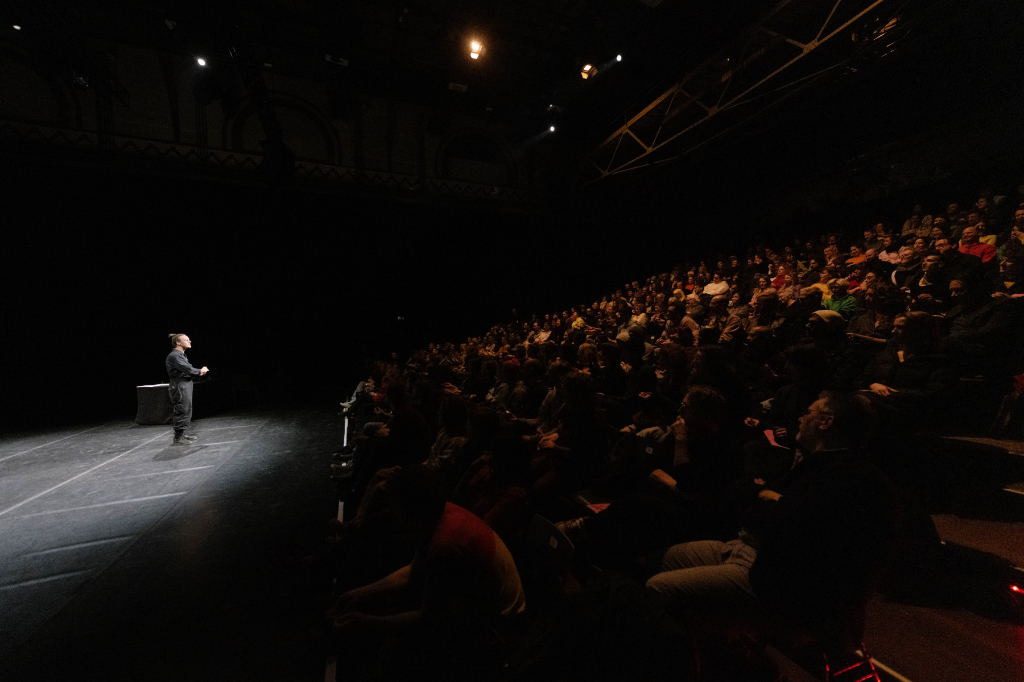
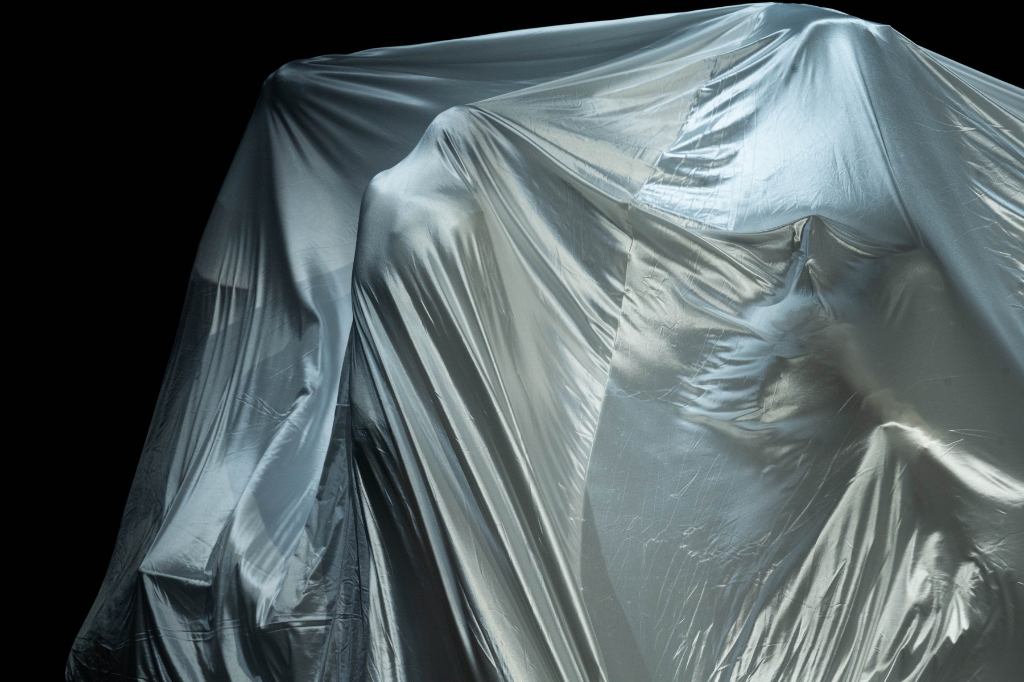
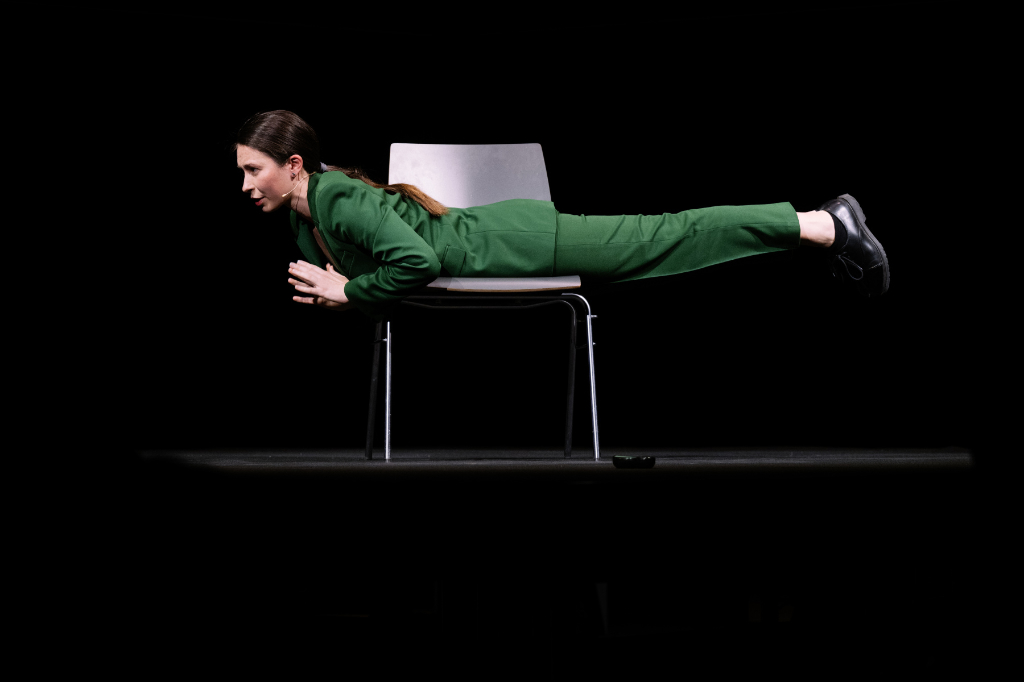
Right: Mia Štark, Performance, Forecast Festival 7, Radialsystem Berlin. Photo credit: Camille Blake
Lifelong student of watching
The perspective of Croatian artist Mia Štark, mentored by conceptual artist Ana Prvački, stems from exploring how and what we see. With a visual arts and contemporary dance background, Štark refers to herself as a “lifelong student of watching.” The performance and collection of videos that make up her project, An Anthology of Glances, encourage people to look at something more thoughtfully and observe more thoroughly.
Štark characterises the discipline of watching as coming from a lineage of “master watchers”—from her grandmother, whom she credits with teaching her the art of nature-watching, to artists, architects, and craftspeople. “What I love about how inventive we are is that we also constructed these beautiful sites for watching and practising standing positions like the heritage of watch towers, lighthouses, citadels, windows, and terraces,” she says while taking a metaphorical stroll around these options.
Our body organises itself according to our eyes, says Štark. Thoughtfully, she illustrates everyday positions to practise conscious exchange of attention: shifting the weight diagonally, lying on the stomach or the back, and looking upside down. She playfully encourages the audience to find their horizon or the place where the eyes naturally fall by squatting down a few times. Štark’s framework comments that the relationship between our eyes, our vision, and our bodies impacts how we perceive space and how we explore our surroundings, both internally and externally. While she appears to convey this with dry-wit, her examples can be somewhat bewildering to follow. As the audience, you’re left wondering if there’s a more profound mystery to unravel through looking or if one should simply cherish the perspectives and absurdities it offers in all its forms.
Recognising Personhood
One of the festival’s central installations is located a few floors up with another intriguing filmmaker and artist from Bolivia, Luciana Decker Orozco, who is paired as a mentee with French-Columbian artist Laura Huertas Millán. While reading several archaeology publications, Orozco came across the title of her work, What Humans See as Blood, Jaguars See as Chicha. She is interested in exploring “Wak’a”, an indigenous conception of personhood that shares different ideas about what a person is. So often, Orozco says, Personhood can be ascribed to natural entities such as a lake or a mountain, as well as non-human entities and objects that people make. Stepping away from anthropocentrism, Orozco describes this notion as coming from a different way of living and understanding the boundaries and interpretations between people, places, and things.
Much of her work is based on the Kalaque community in Bolivia. The installation, which uses 16mm film, is set up in two rooms. The first room has two analog projectors. A screen in the centre has overlapping projections looped from both sides. Another single-channel film is being projected in the second room. Even if there is a distinction between them, both are related. Orozco’s layered footage combines images of food waste and connects it to the redistribution of indigenous artefacts acquired as war loot by museums. She recalls coming across several pre-Hispanic archaeological pieces at a museum in Chicago that belong to what is now Bolivia and Peru. I developed an obsession with them and wanted to film these objects taken away from societies where they belonged. They gave me the impression that they were haunted, she says. A keen and intimate observer, Orozco examines sensory aspects of personhood, drawing on her Andean ancestry. Looking at states of transition from one thing to another, her work is reminiscent of the paradox of identity that colonial interpretations produce and engender through violation.
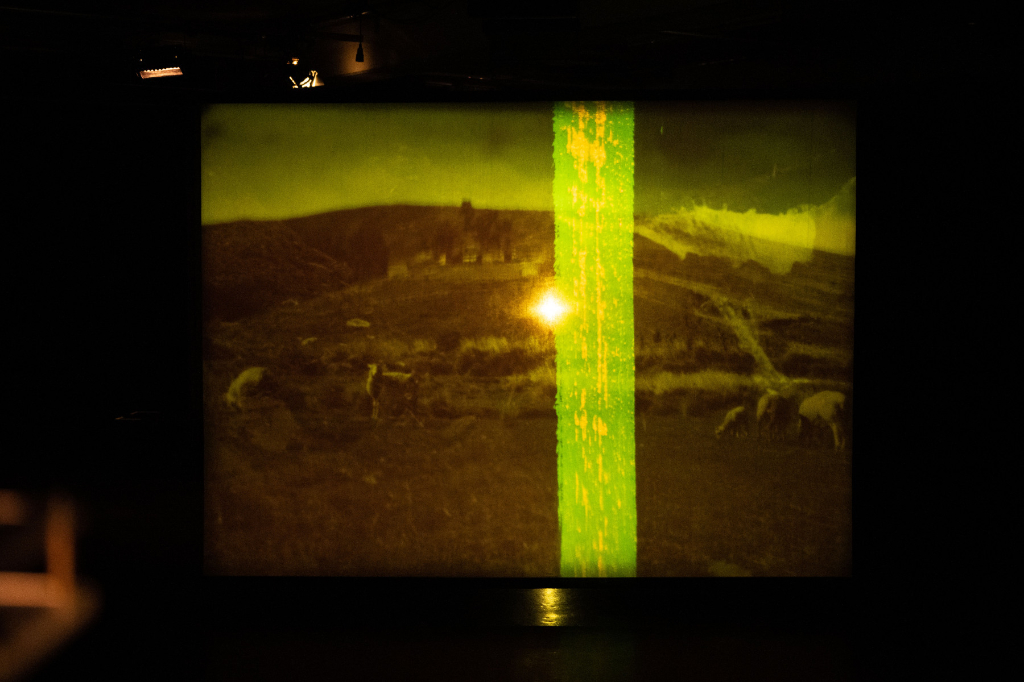
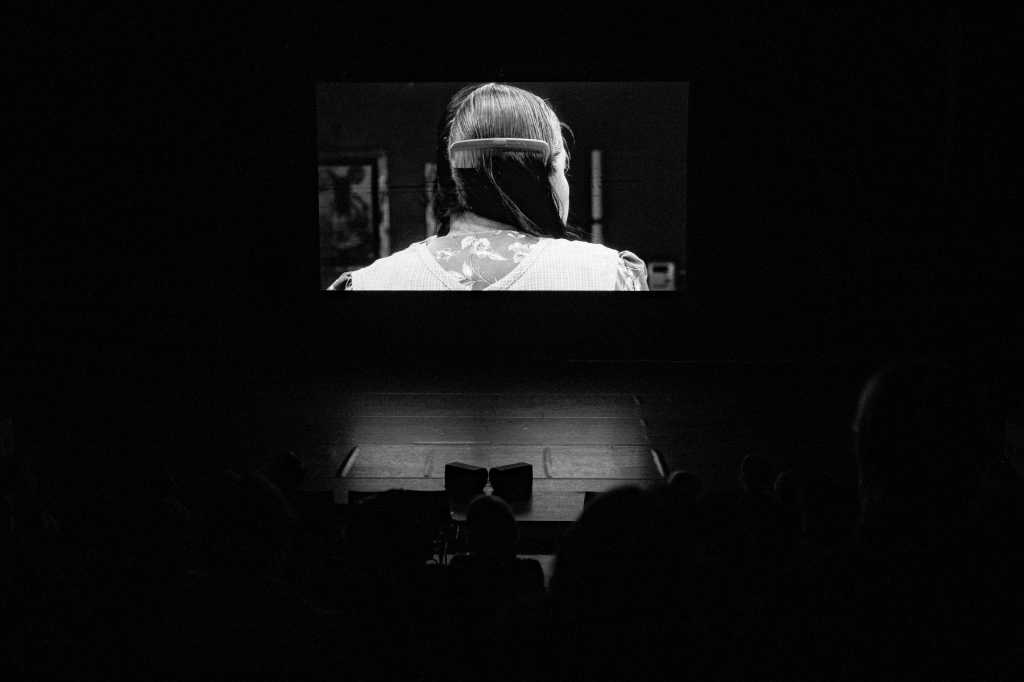
Recovery of lost occurrences
Another longer film and documentary montage Purgatoire (Cinema that Kills), is the research project of French artist Alexis Guillier, who is matched with Lebanese journalist Alia Ibrahim. On a 1960s Beirut movie set, Guillier encounters a terrible accident at a basement club called Purgatoire. There is a lot of confusion surrounding this accident, although I often face the same feeling with other accidents I have investigated, he says. The nature of accidents that occur on movie sets is the subject of Guillier’s artistic inquiry.
At Purgatoire, a scene showing a Fedayeen bomb attack in Gary Garabedian’s movie about Palestinian Commandos becomes a real-life fatal inferno when the explosives were detonated, claiming the lives of several crew members. Taking his research on-ground in Lebanon, Guillier tracked down archives and people he could talk to through a maze of connections. The process required more and more interpreting and translation. You have a different relationship to what you have gone through and felt when you subsequently have access to the facts. Guillier’s research on the underreported accident shows how the recovery of lost occurrences and its damaged psychological gestalt might become linkages to comprehend an intricate network of fragile systems in the tumultuous geopolitical context of Lebanon’s history and present.
Reclaim the streets for play
Writer and comedian Daliso Chapando and Pakistani screenwriter and director Hamza Baig made for the festival’s most comical mentor-mentee duo. Baig’s project is a children’s superhero fantasy series that aims to revive the tradition of the game Five Stones. A crucial communal activity of villagers and children coming together to play the game brings back fond childhood memories for Baig. It allows physically immersive outdoor games, which is very different from looking at a screen or a cellphone.
Baig endeavours to revive the game and, in the process, sheds light on the intergenerational passing of traditions and culture.“Even if you go and show the game, children don’t know about it, although the passing down should be straightforward”, says Baig, who is saddened by the fact that it has vanished from Pakistani culture. The series, The Marblous Four, was filmed with amateur performers and family members and is set in the fictional village of Geetapur in the Punjab province. Using humour and fantasy as an essential storytelling element, Baig attempts to add levity to the topic and capture the children’s interest, hoping they will reclaim their streets for play.
Tension for transformation
The festival culminates with two back-to-back sound performances featuring Malaysian polyglot performer and singer Penny Chan and her mentor, Indonesian musician and vocalist Rully Shabara. Chan’s project, Sorrow of the Phoenix, reinterprets the Peking Opera, a prestigious Chinese art form with a long history. Reinterpreting classical forms of music and transforming them into the contemporary context carries a lot of potential for failure, especially if you are a young artist. This very tension for transformation empowers Chan. A talented apprentice of the tradition, she is deeply concerned with whose voice will be recorded in history. Her piece steadily attempts to provide a voice to its female character, the concubine, who has historically been denied a genuine means of representation.
With great control of the inflow and outflow of breath, Chan’s powerful vocalisation deviates from the opera’s antiquated stylistic norms. Instead, she takes the voice alone and transforms it persistently and patiently. “Because so many different things come together to create our voices, we each have our sound”, she says, hoping that by creating something, others will be inspired to join forces.
Forecast inspires a strong sense of ambition as a festival. The carefully curated program attracted a broad audience from multidisciplinary backgrounds. Moreover, its efforts to foster interdisciplinary symbioses that take their inception in experimental ways come across as a refreshing festival format that takes an idea seriously. Through this spirit of learning, it serves as a worthwhile reminder that when ideas become real through sharing, guidance, and experimentation, they’re more valuable than the mammoth task that lies ahead.





